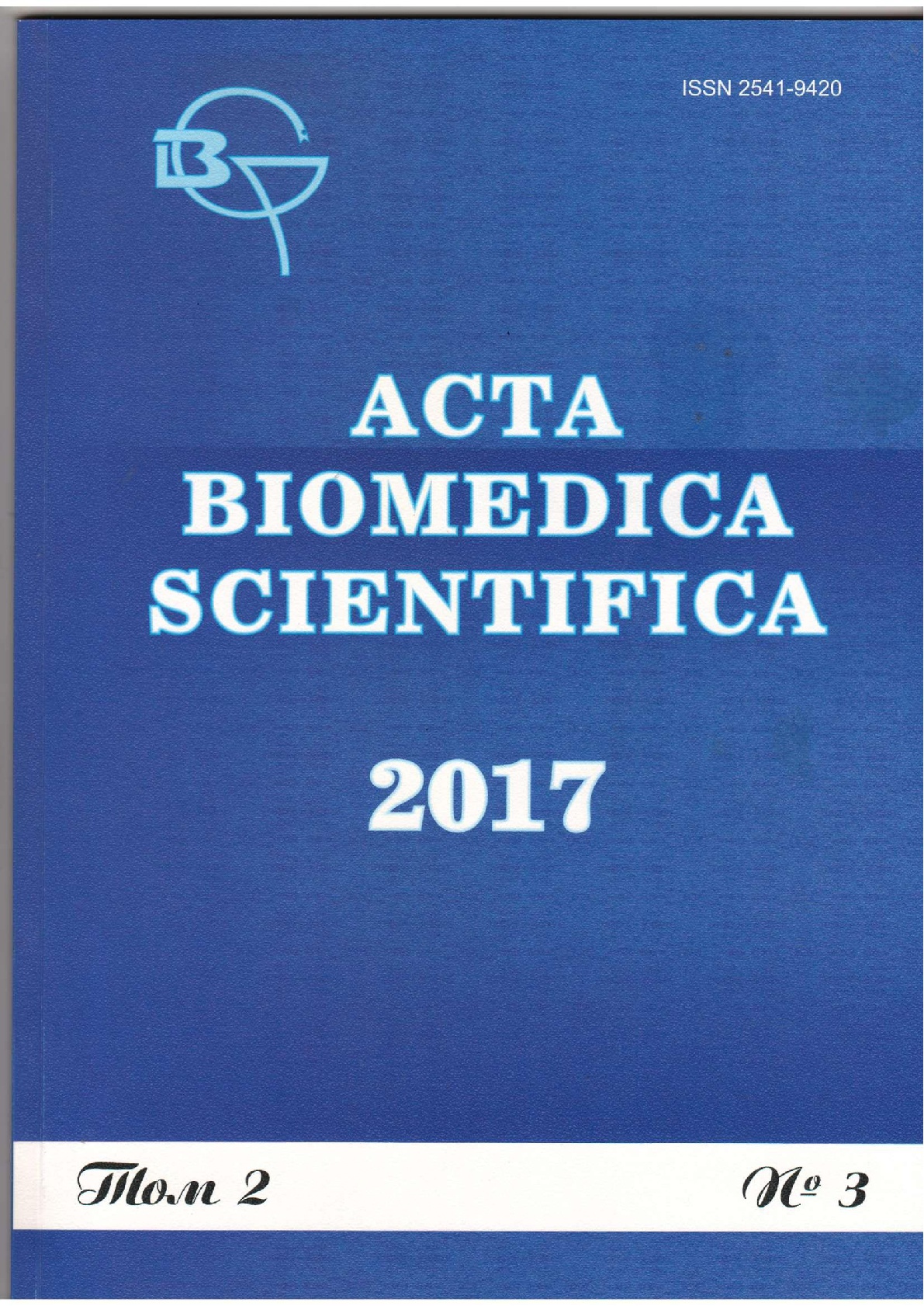A special feature of Y. pseudotuberculosis strains is its biochemical uniformity irrespective of the time and location of the causative agent isolation and the existence of 21 serological variants. Y. enterocolitica is a quite a heterogeneous species and is classified into 6 biochemical types associated with 29 serological variants. 221 Y. pseudotuberculosis and 447 Y. enterocolitica strains in total isolated in Siberia and in the Far East were characterized. Y. pseudotuberculosis genotype dominating in the Siberian and Far Eastern regions is presented by О:1b serotype of the first genogroup (pYV+, ympA+, HPI-) in two- (47:82 МDа) or single-plasmid (47 МDа) variants. Ribotyping and fingerprinting revealed 8 and 10 Y. pseudotuberculosis genotypes, respectively, that indicated relative heterogeneity of the circulated strains. Regional difference of ribotypes and fingerprints was noted. 401 of 447 Y. enterocolitica strains were classified as biotype A1 including 11 serotypes (O:4,32; O:4,44; O:5; O:6,30; O:6,31; O;7,8; O:12,25; O:13,7; O:19,8; O:41,43) and 46 strains belonged to biotypes 2–4 of O:3 and O:9 serotypes. Y. enterocolitica strains of biotypes 1A were isolated both from the environments, animals and patient samples as like the representatives of biotypes 2–4. The differentiating tests of fucose and sorbose made it possible to identify two species new for the Russian Federation – Y. mollaretii and Y. bercovierii. Y. enterocolitica biotypes 2–4 carried pYV plasmid and chromosomal ail, ystA virulence genes. These strains were referred to phagotypes Х3 (2/O:9) and VIII (4/O:3) and also to phagotype Xz (3/O:3), unique for Russia. Y. enterocolitica biotype 1A containing ystB thermostable toxin gene was confirmed to be an infectious etiological agent.
Yersinia pseudotuberculosis, Y ersinia enterocolitica, pathogenicity factor , strains genotyping
1. Evseeva VV, Platonov ME, Dentovskaya SV, Anisimov AP (2015). Yersinia pseudotuberculosis typing by using multilocus analysis of variable number of tandem repeats. [Tipirovanie Yersinia pseudotuberculosis s pomoshch’yu mul’tilokusnogo analiza variabel’nogo chisla tandemnykh povtorov]. Problemy osobo opasnykh infektsiy, (2), 55-57.
2. Shurygina IA, Chesnokova MV, Klimov VT, Malov IV, Maramovich AS (2003). Pseudotuberculosis [Psevdotuberkulez], 320.
3. Bogdanovich T (2003). Use of O-antigen gene cluster-specific PCRs for the identification and O-genotyping of Yersinia pseudotuberculosis and Yersinia pestis. J. Clin. Microbiol., (41), 5103-5112.
4. Carniel E (1999). The Yersinia high-pathogenicity island. Int. Microbiol., 2 (3), 161-167.
5. Fukushima H, Matsuda Y, Seki R, Tsubokura M, Takeda N, Shubin FN, Paik IK, Zheng XB (2001). Geographical heterogeneity between Far Eastern and Western countries in prevalence of the virulence plasmid, the superantigen Yersinia pseudotuberculosis-derived mitogen, and the high-pathogenicity island among Yersinia pseudotuberculosis strains. J. Clin. Microbiol., 39 (10), 3541-3547.
6. Ibrahim A, Liesack W, Stackebrandt E ( 1992). Polymerase chain reaction-gene profe detection system specific for pathogenic strains of Yersinia enterocolitica. J. Clin. Microbiol., 30 (8), 1942-1947.
7. Kieres T (1984). Factors affecting the isolation of CCC DNA from Streptomyces lividans and Escherichia coli. Plasmid., 12 (1), 19-36.
8. Sihvonen LM, Jalkanen K, Huovinen E, Toivonen S, Corander J, Kuusi M, Skurnik M, Siitonen A, Haukka K (2012). Clinical isolates of Yersinia enterocolitica biotype 1A represent two phylogenetic lineages with differing pathogenicity-related properties. BMC Microbiol., (12), 208-219.
9. Thoerner P, Bin Kingombe CI, Bögli-Stuber K, Bissig-Choisat B, Wassenaar TM, Frey J, Jemmi T (2003). PCR detection of virulence genes in Yesinia enterocolitica and Yesinia pseudotuberculosis and investigation of virulence gene distribution. Appl. Environ. Microbiol., 69 (3), 1810-1816.
10. Uchiyama T, Miyoshi-Akiyama T, Kato H, Fujimaki W, Imanishi K, Yan XJ (1993). Superantigen properties of a novel mitogenic substance produced by Yersinia pseudotuberculosis isolated from patients manifesting acute and systemic symptoms. J. Immunol., 151 (8), 4407-4413.
11. Voskressenskaya E, Leclercq A, Tseneva G, Carniel E (2005). Evaluation of ribotyping as a tool for molecular typing of Yersinia pseudotuberculosis strains of worldwide origin. J. Clin. Microbiol., 43 (12), 6155-6160.
12. Voskresenskaya E, Savin C, Leclercq A, Tseneva G, Carniel E (2014). Typing and clustering of Yersinia pseudotuberculosis isolates by restriction fragment length polymorphism analysis using insertion sequences. J. Clin. Microbiol., 52 (6), 1978-1989.
13. Wannet WJ, Reessink M, Brunings H, Maas HM (2001). Detection of pathogenic Yersinia enterocolitica a rapid and sensitive duplex PCR assay. J. Clin. Microbiol., 39 (12), 4483-4486.
14. Wauters G, Kandolo K, Jansens M (1987). Revised biogrouping scheme of Yesinia enterocolitica. Contrib. Microbiol. Immunol., (9), 14-21.





